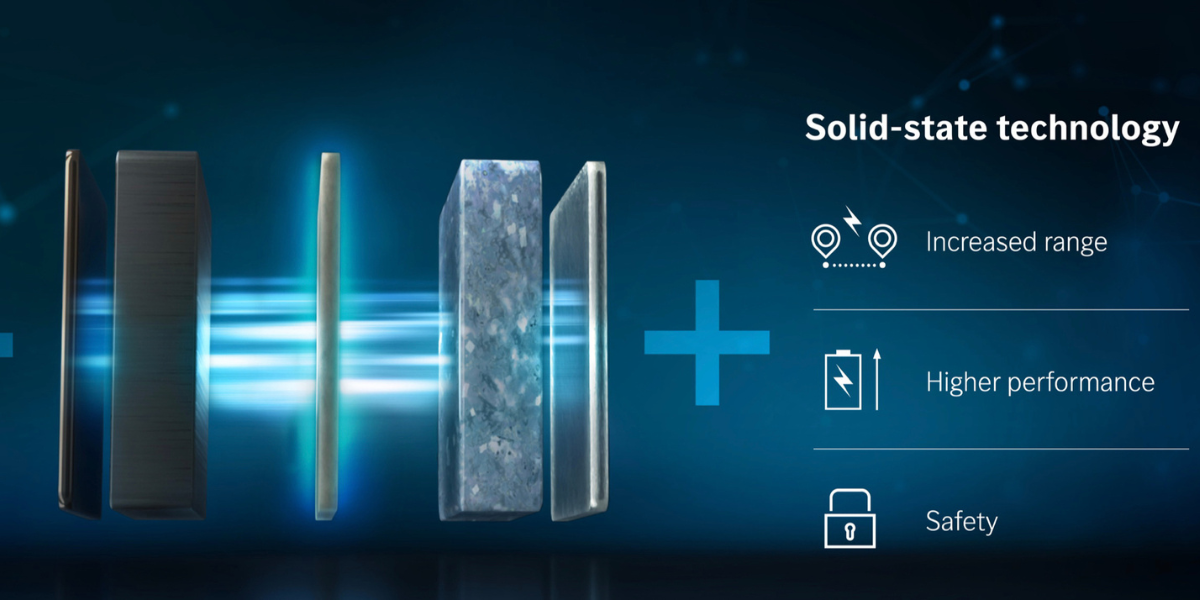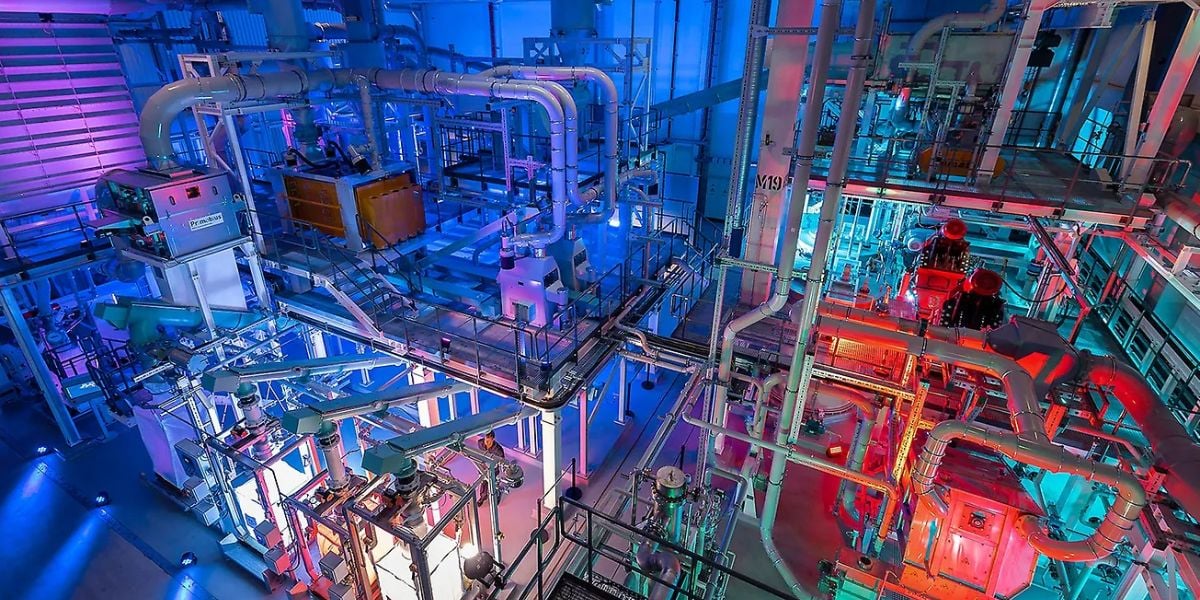WATCHWORD, “ZERO EMISSIONS”! ALL SOLUTIONS IN THE AUTOMOTIVE INDUSTRY – PART ONE
The evolution of automotive propulsion technologies has been significantly influenced by the global imperative to reduce greenhouse gas emissions, reduce pollutants, improve air quality, and decrease reliance on fossil fuels. This month, we will show all types of technology that the automotive industry offers to get closer to the “zero emissions” goal.
Traditional internal combustion engine (ICE) vehicles that solely run with gasoline or diesel are gradually giving way to alternative powertrains and cleaner fuels. Among these emerging and transitional technologies are Electric Vehicles (EVs), Liquefied Petroleum Gas (LPG), Compressed Natural Gas (CNG), synthetic e-fuels, biofuel, and hydrogen-powered vehicles. Each of these technologies offers distinct advantages, limitations, and applications, contributing to the overall diversification of the automotive landscape.
EVs (Electric Vehicles)
Electric vehicles are at the forefront of this transformation. Relying entirely on electricity stored in rechargeable battery packs, EVs eliminate tailpipe emissions and provide high energy efficiency. The core of the electric powertrain consists of one or more electric motors powered by lithium-ion battery packs, which have seen dramatic improvements in energy density, cost, and charging performance. Regenerative braking systems further improve efficiency by converting kinetic energy during deceleration back into electrical energy stored in the battery. Modern EVs boast ranges exceeding 400 kilometres per charge, with premium models offering even more. Charging infrastructure is expanding rapidly, supported by government incentives and private investment. Home chargers, fast chargers, and ultra-fast DC charging stations are becoming common, reducing range anxiety and making electric mobility viable for a broad segment of consumers. While electric vehicles are often perceived as zero-emission, their overall environmental impact depends on the energy mix used to generate the electricity they consume. In regions where electricity is largely derived from renewable sources, the carbon footprint of EVs is significantly lower than that of ICE vehicles. However, battery manufacturing remains energy-intensive and dependent on the extraction of raw materials like lithium, cobalt, and nickel, which pose ethical and environmental concerns.
LPG (Liquefied Petroleum Gas) vehicles
In contrast to EVs, LPG (Liquefied Petroleum Gas) vehicles represent a mature and widely adopted alternative fuel technology. LPG, a by-product of petroleum refining and natural gas processing, is stored as a liquid under moderate pressure. It burns cleaner than gasoline or diesel, emitting lower levels of CO₂, NOₓ, and particulate matter PM. This makes LPG an attractive option for countries seeking to improve urban air quality without overhauling existing infrastructure. Vehicles powered by LPG typically feature modified internal combustion engines and separate fuel tanks. Conversion kits are available, allowing traditional gasoline engines to operate on LPG, often resulting in lower running costs due to the lower price of LPG fuel. However, the lower energy density of LPG compared to gasoline or diesel translates into slightly reduced fuel economy and range. Despite these drawbacks, LPG remains a viable and cost-effective transitional technology, especially in regions where distribution infrastructure is well-established and government incentives support its adoption.
CNG (Compressed Natural Gas) vehicles
CNG (Compressed Natural Gas) shares several similarities with LPG but is composed mainly of methane. CNG is stored at much higher pressures (up to 250 bar) in cylindrical tanks and offers higher octane ratings, which allows for higher compression ratios and increased engine efficiency. CNG combustion generates fewer pollutants, particularly nitrogen oxides and particulate matter, and results in about 20% less CO₂ emissions compared to gasoline. This makes it particularly suitable for urban public transport and fleet vehicles, where environmental concerns are pressing. Like LPG, CNG vehicles are either purpose-built or converted from gasoline engines with modifications including strengthened fuel systems and high-pressure storage tanks. The infrastructure for CNG refuelling is less widespread than for LPG, posing challenges for broader adoption, especially for private users. Additionally, due to the bulkiness of the storage tanks and the energy content of methane, vehicle range can be limited. Nevertheless, countries such as India, Iran, and Pakistan have heavily invested in CNG technology for public and private transportation due to its lower operational cost and environmental benefits.
Hydrogen-powered vehicles
Hydrogen-powered vehicles are another compelling alternative to traditional fuel systems, primarily in the form of hydrogen fuel cell electric vehicles (FCEVs). These vehicles use fuel cells to generate electricity on-board through an electrochemical reaction between hydrogen and oxygen, emitting only water vapor as a by-product. The fuel cell stack powers electric motors, giving FCEVs similar driving characteristics to battery electric vehicles but with the added advantage of faster refuelling times and longer driving ranges. Hydrogen storage is a technical challenge, requiring high-pressure tanks (typically at 700 bar) to maintain adequate onboard fuel reserves. Despite these technical hurdles, hydrogen vehicles can be particularly advantageous for heavy-duty applications, such as trucks and buses, where battery weight and charging times are more problematic. Hydrogen can also be used in internal combustion engines adapted to burn hydrogen gas, a technology still under exploration for niche applications. However, as with e-fuels, the source of hydrogen production is critical. Most hydrogen today is produced from natural gas via steam methane reforming, which emits significant CO₂. To be a genuinely green fuel, hydrogen must be produced using renewable electricity through water electrolysis, commonly referred to as "green hydrogen." Developing a green hydrogen economy requires substantial investment in production, storage, and refuelling infrastructure. Nevertheless, hydrogen's high energy density by weight and its potential for seasonal energy storage make it a promising candidate for future mobility and integrated energy systems.



